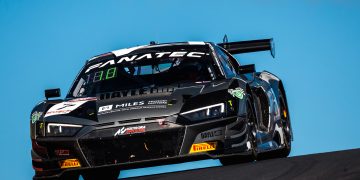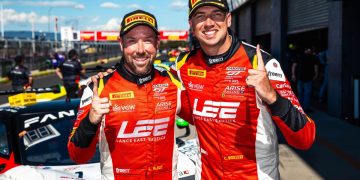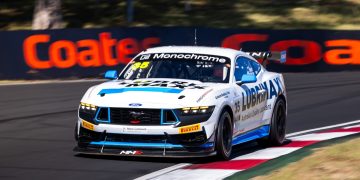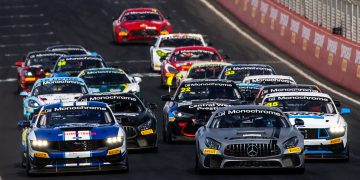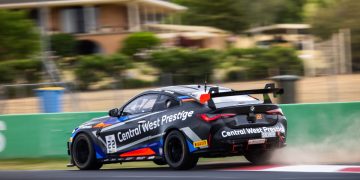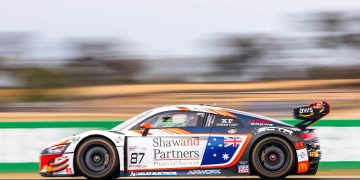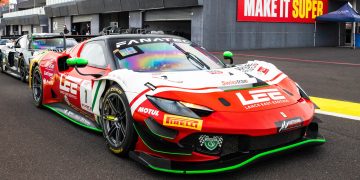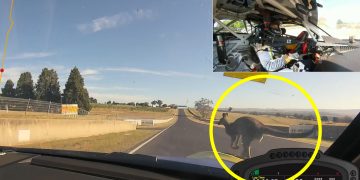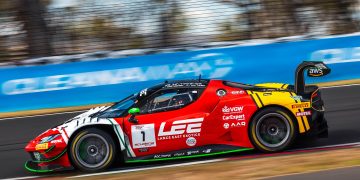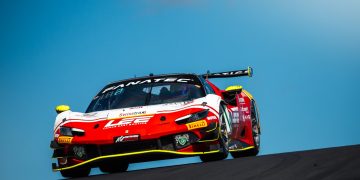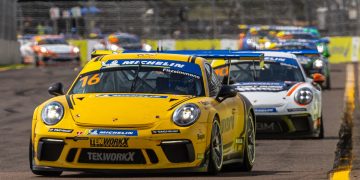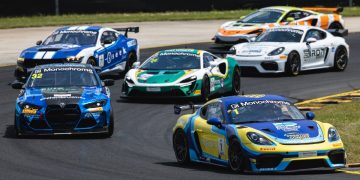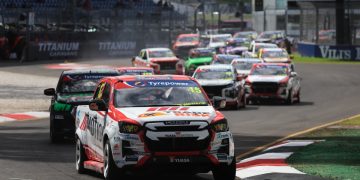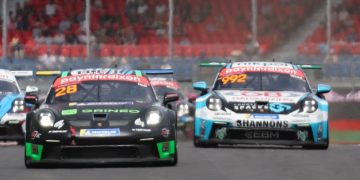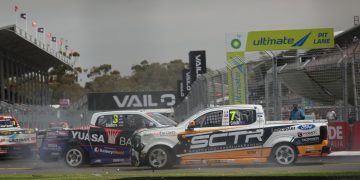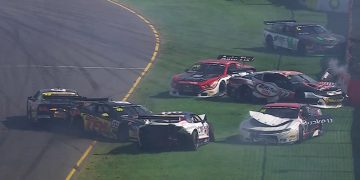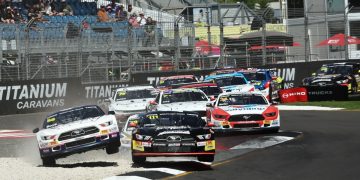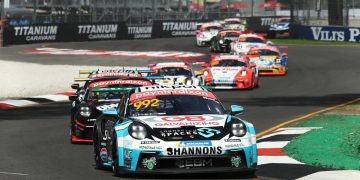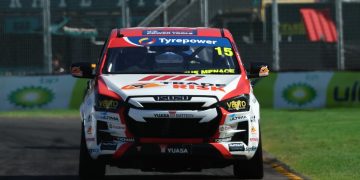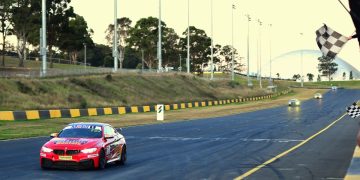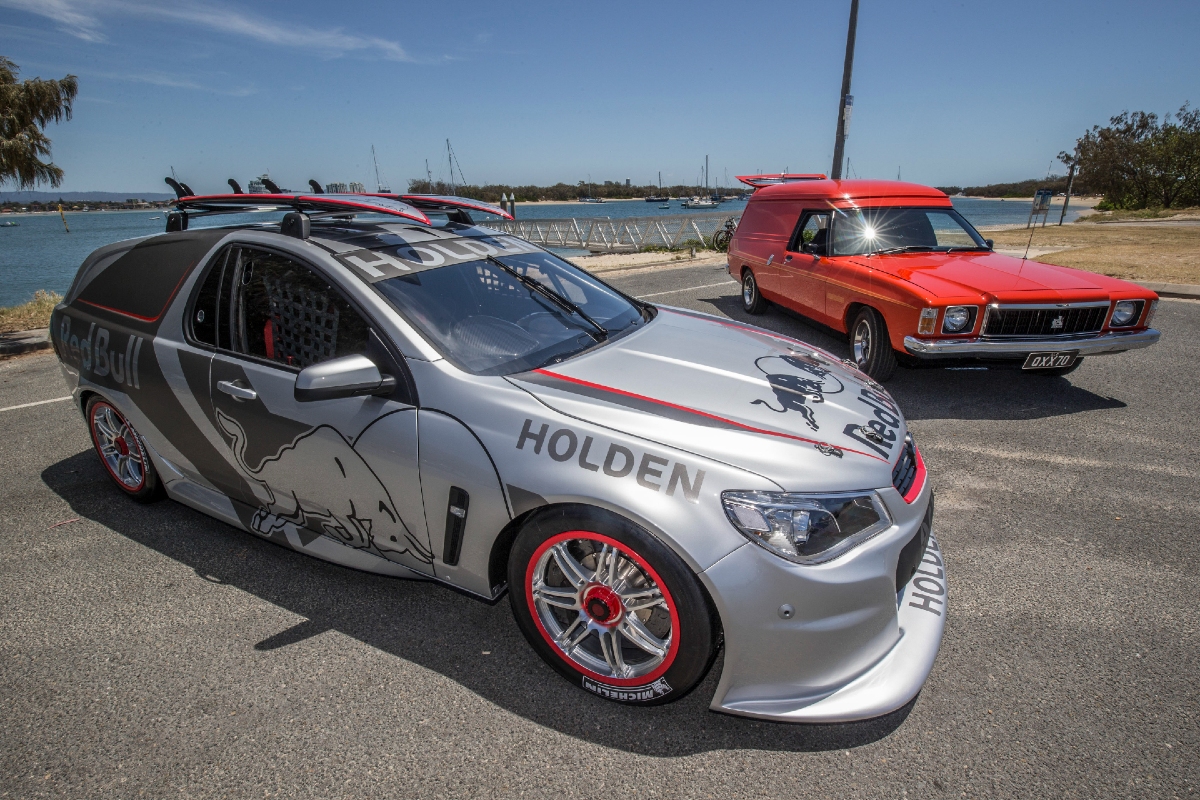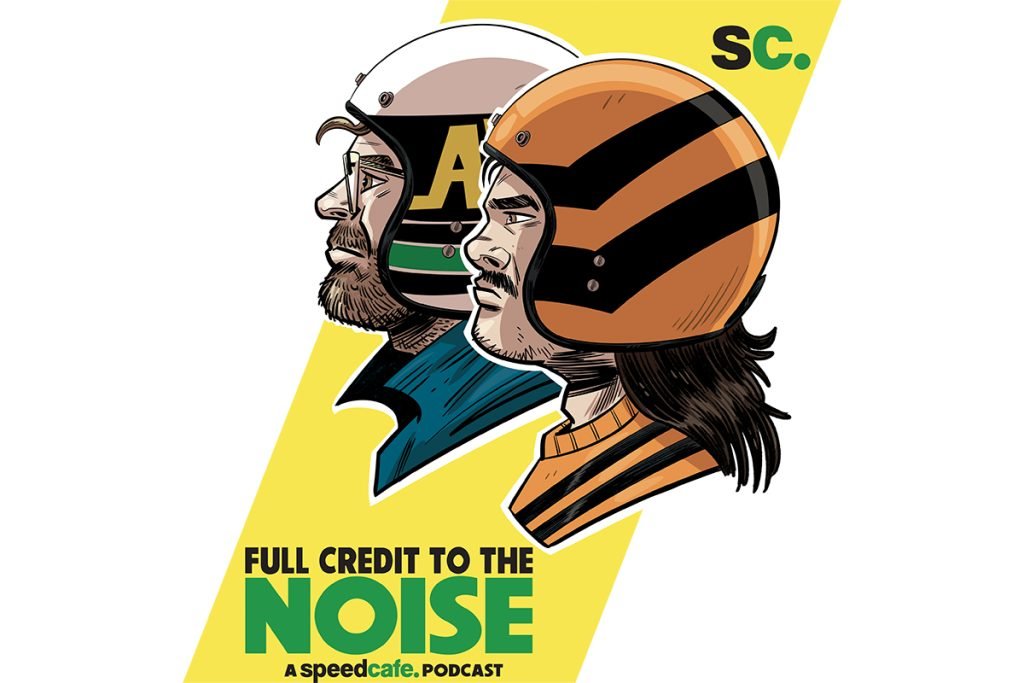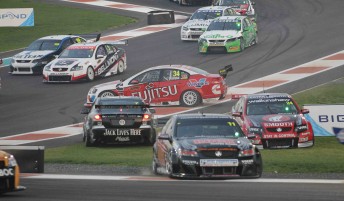
A new driving code of conduct guideline has been met with mixed reactions from V8 Supercars drivers.
A three-page document was handed to the teams this week and obtained by Speedcafe.com.au. It outlines new passing procedures that underline the car’s B pillar as the strict passing point that an overtaking car must achieve at the approach, apex and exit of any corner.
The guideline notes that each incident will be considered on its own merits.
Last year, minimal contact on the exit of a corner was acceptable in some circumstances to promote better racing (with the intention of unsettling a car to give the following driver a better chance of passing into the next corner), but this has now been deemed unacceptable.
Also, the frequency and severity of blocking will no longer be relaxed for the last two laps of the race, which has been the case in the past.
The new guideline has been implemented to promote hard but fair racing, maximise overtaking opportunities and assist the interpretation of the rules by teams and officials.
V8 Supercars’ chief steward Steve Chopping confirmed to Speedcafe that the new guidelines have been implemented for the 2010 season.
“There’s been a very specific briefing given to the drivers in the form of the code of driving conduct interpretation,” he said.
“Tomas Mezera, as the driving standards observer, determines what is and what isn’t acceptable and makes recommendations to us as a steward.
“With the new guidelines, he’s particularly paying attention to the cars at the turn-in point, not the apex, and the fact that someone might turn in early, just to give them an excuse to give room. That’s what Tomas is looking at, and unfortunately, quite often people critisise Tomas’ decisions because they are looking at the position of the cars at the apex, where he is looking at something different.
“He breaks the corner up into three – the approach, the apex and the exit. They are three different phases of the corner, and there are different responsibilities of the driver.
“The B-Pillar is the approximate rule. It’s an interpretation, and it will vary from time to time because there are particular corners where there will be particular instructions – like Turn 8 at Adelaide, where there must be a complete overlap to affect a legal move.”
Trading Post Racing’s Jason Bright says that every incident is different and the officials need to keep that at the forefront of their minds.
“From most of the racing incidents that we see, you can usually tell whose fault it is with the whole approach to it,” he said.
“There’s times when a B-pillar rule applies and times when it doesn’t. It’s up to them if they want to actually use a point on the car, but I think there’s times when, as drivers, you know when someone’s there and you don’t turn in.
“It all comes down to who you’re racing against and the type of corner. I can see why they want to put an actual point on the car. It’s never going to be an easy thing. The stewards definitely have the worst job here. I feel for them in that respect and see why they have to put a point on it, but i think they still need to keep in mind that every corner and every incident and every passing move is different.
Jack Daniel’s Racing’s Rick Kelly is a fan of the new document’s rules.
“It’s very good for us to have the document formalised,” he said.
“It’s quite good, it’s fair and allows us to get on with the racing.
“There was a little bit of uncertainty as to what we could and couldn’t do. This is a clear explanation of what is and isn’t acceptable. When you’re racing, you need to know what you can do.
“Last year, there was a bit of controversy because they’d told us that we could hit people on the exit and pass them. It’s clear that they’ve said it is unfair and is something that you can’t do so we can plan our racing.
“As far as a level of contact that they’re allowing, it’s probably less than what they may have done in the past. For me, that’s good, it’s fairer.
“I’d prefer to be a driver out there hopefully winning without hitting them. In the last couple of years, it’s something that’s been more allowed than what I would have liked.”

 Shop
Shop